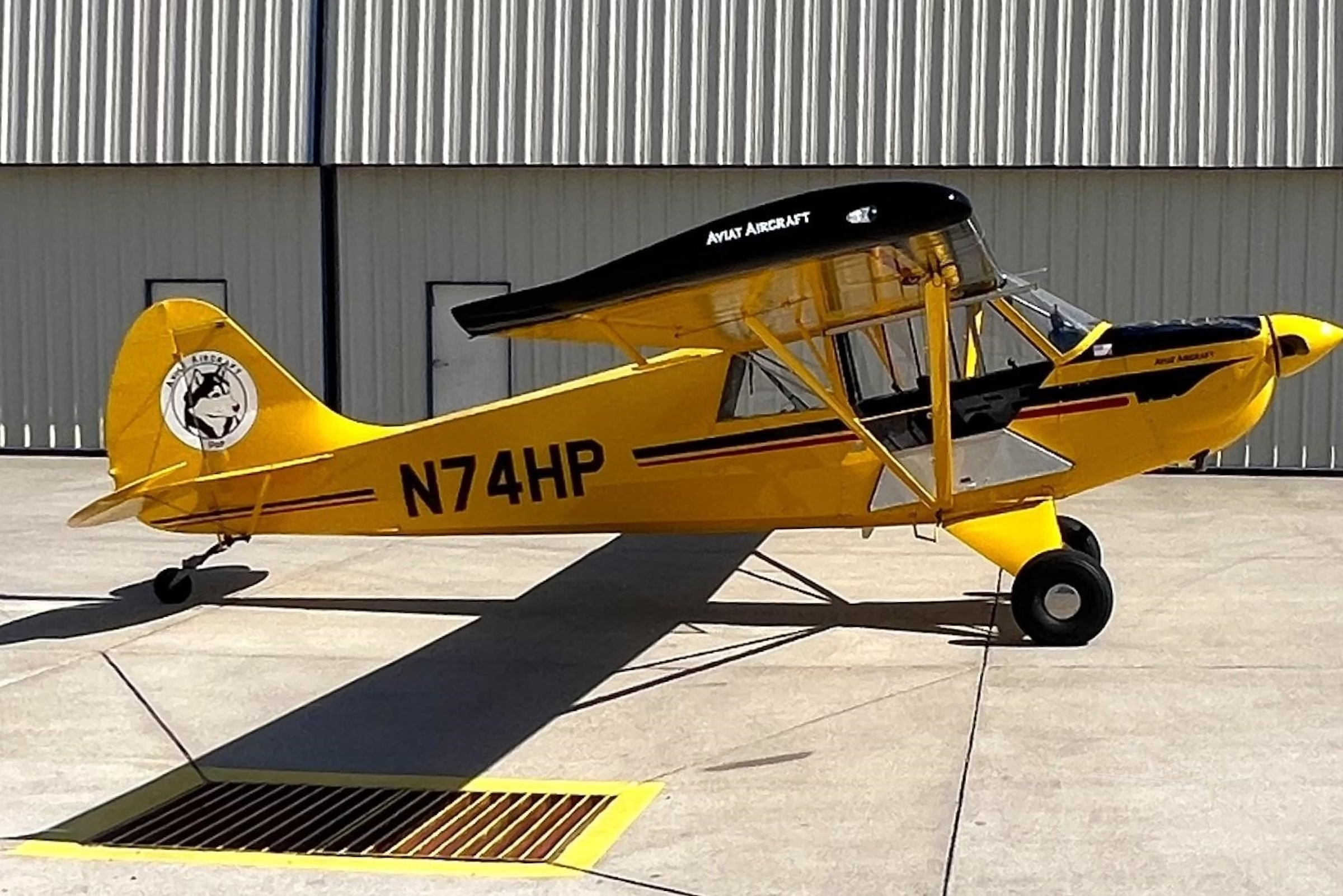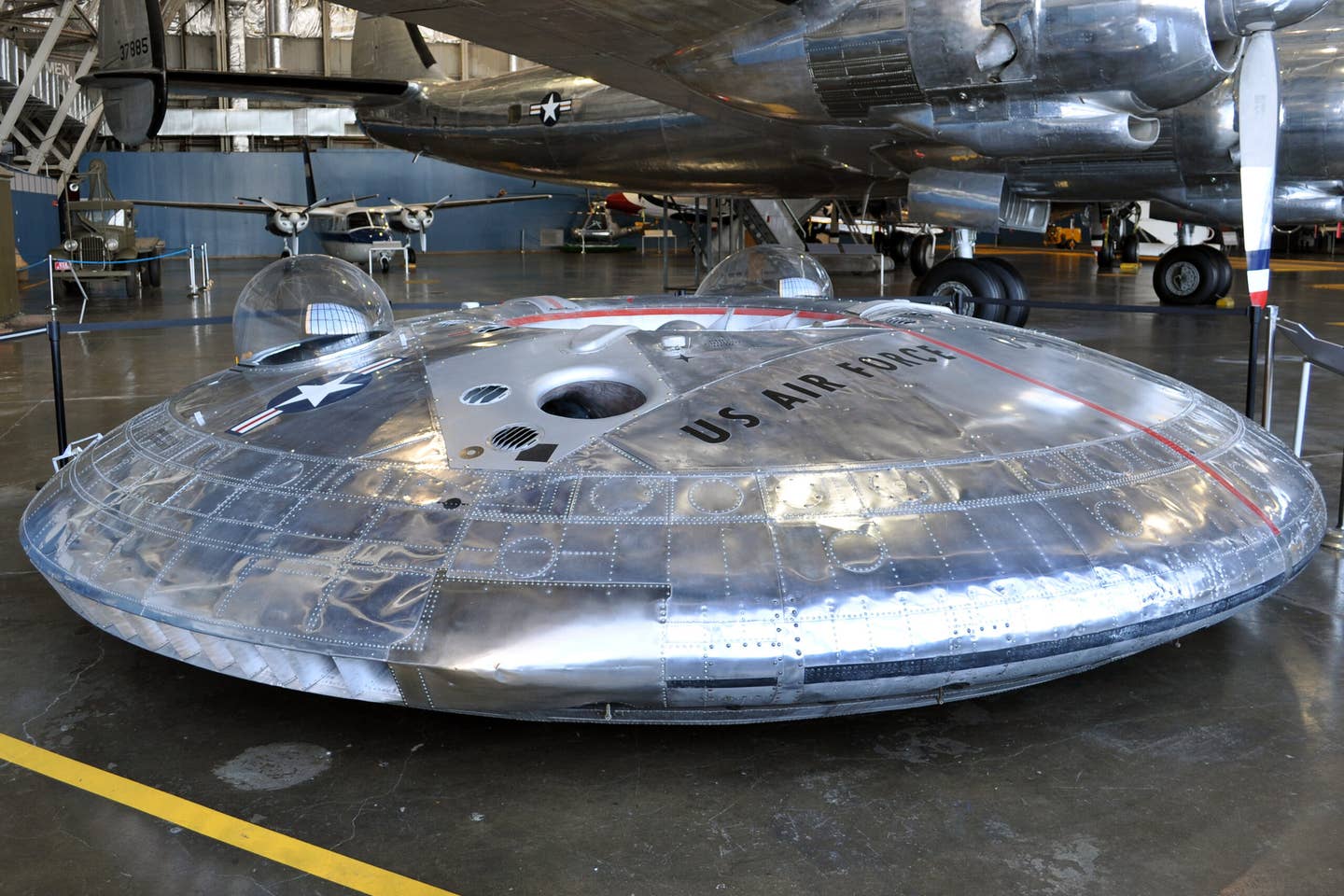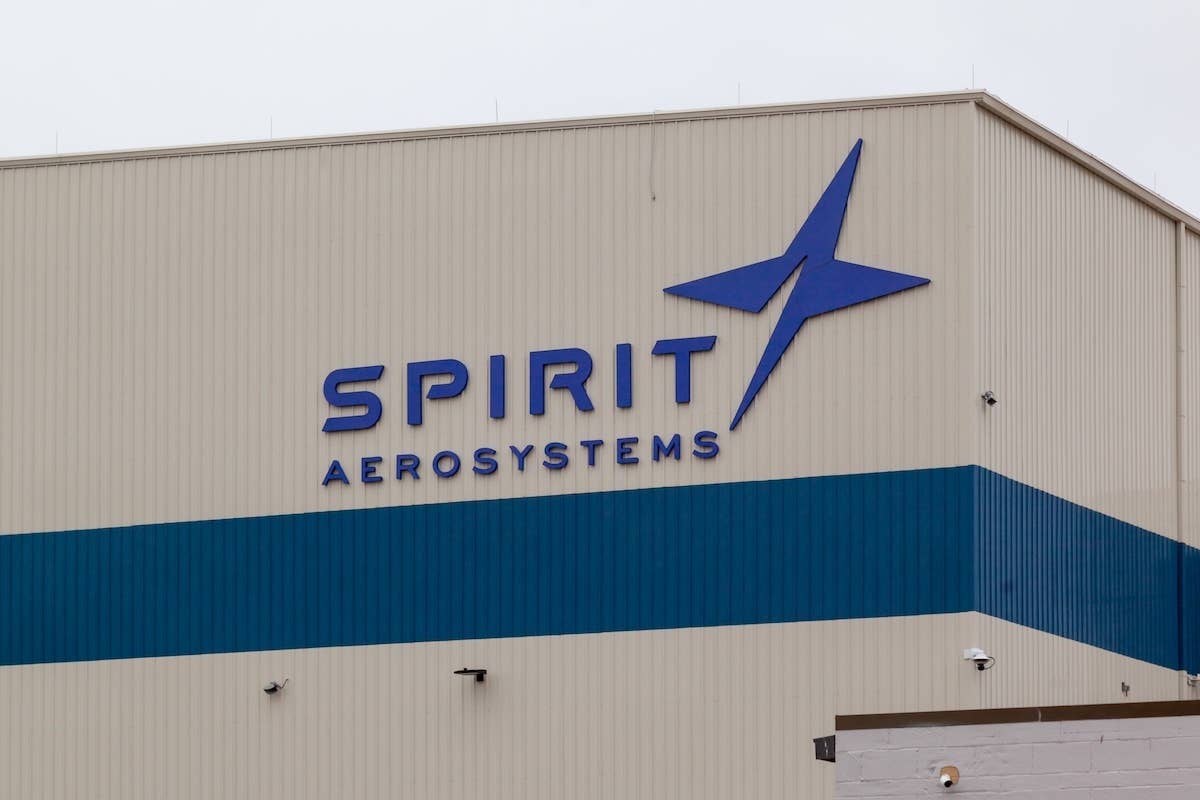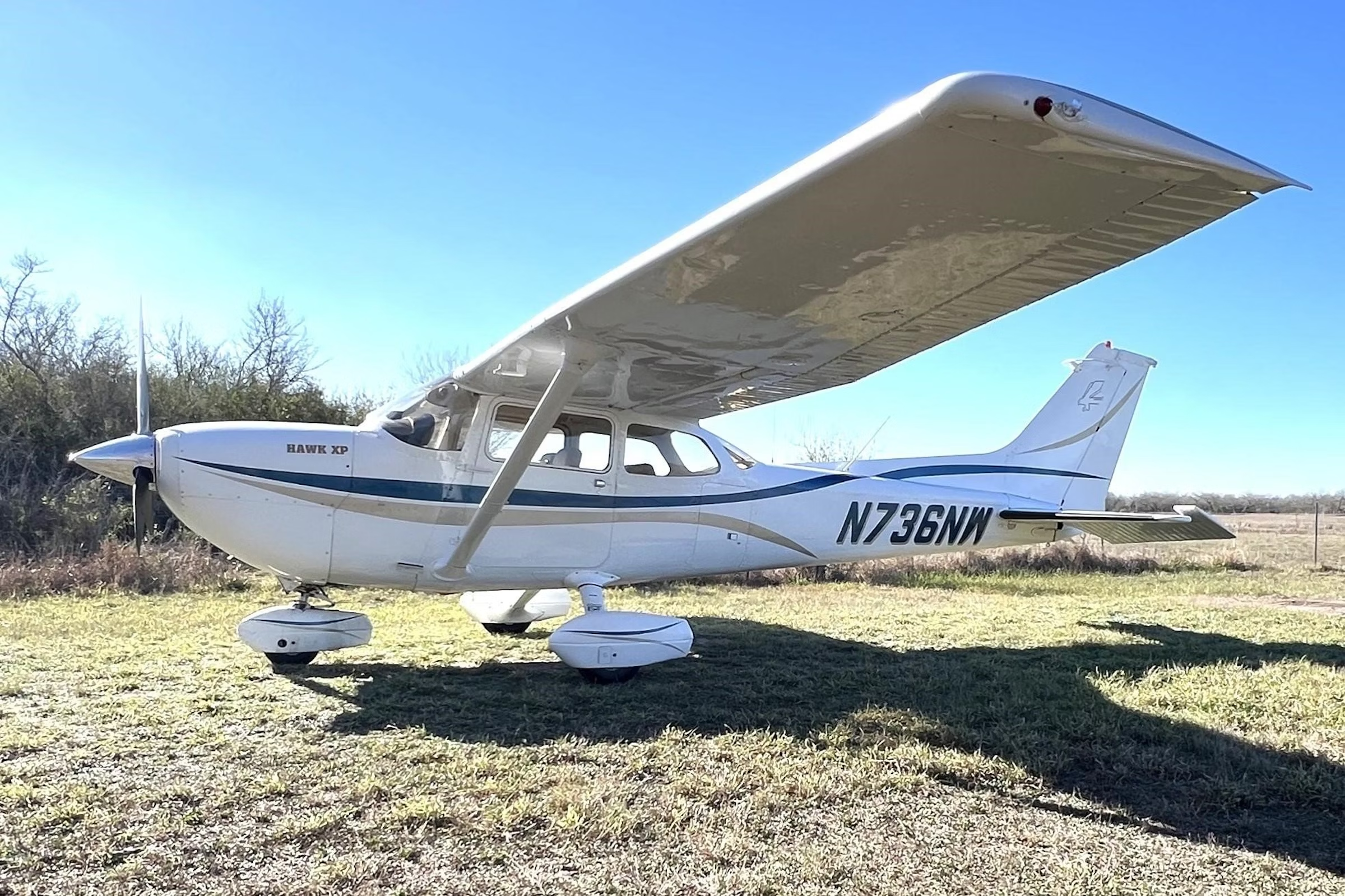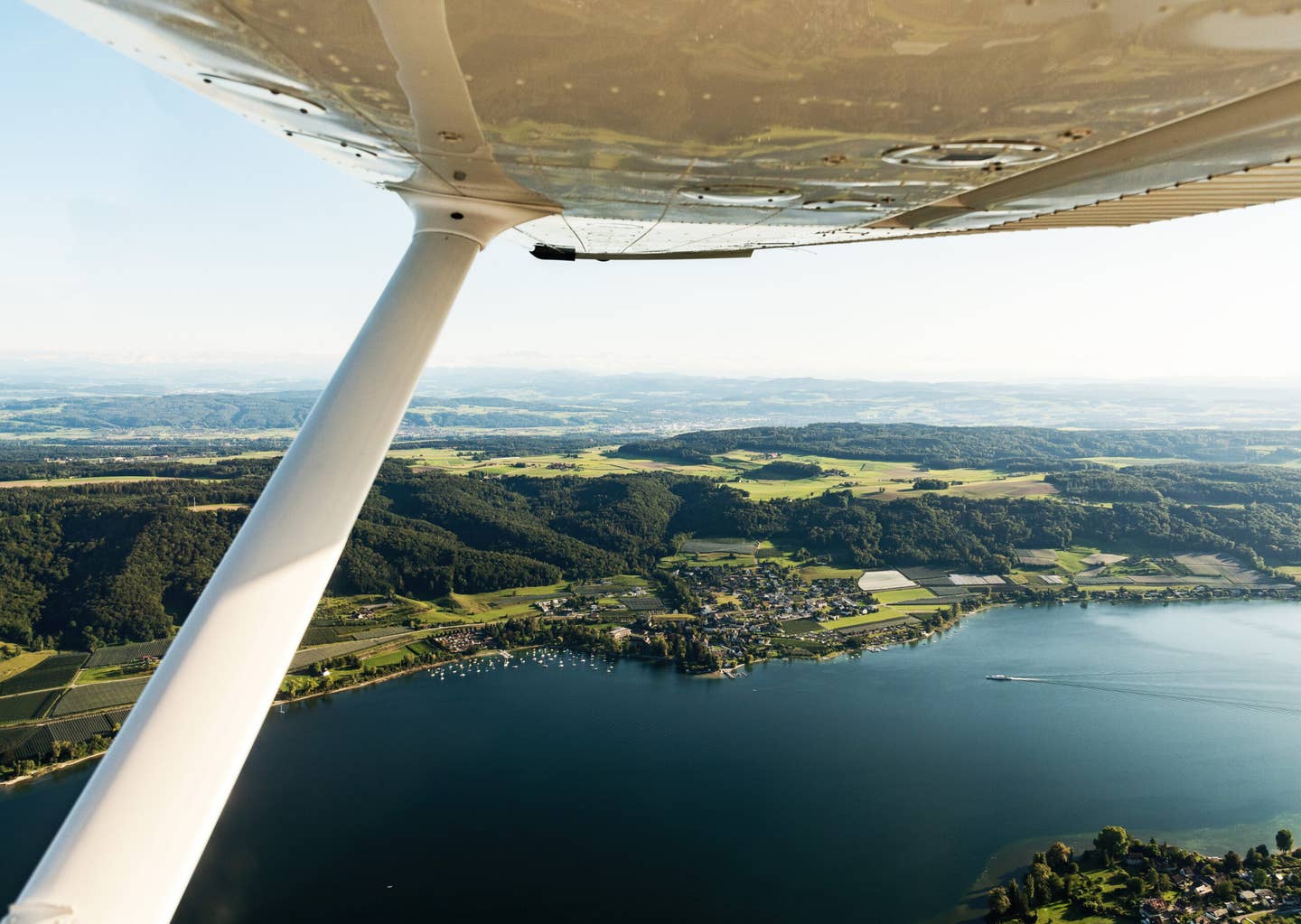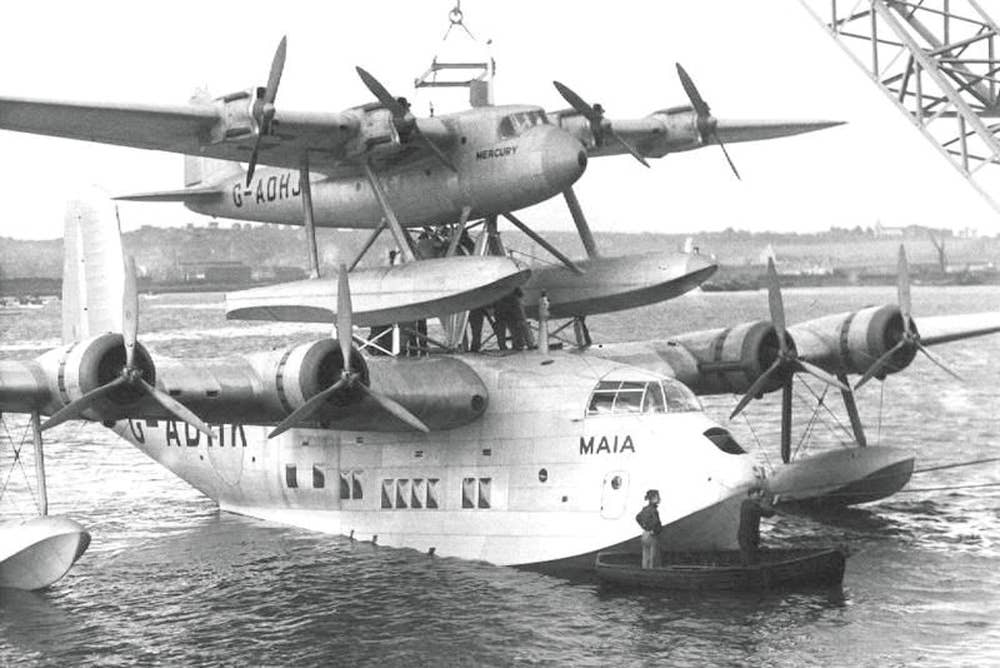
The relatively dainty and fleet-of-foot Mercury sits atop its mothership, Maia. Courtesy of Peter Garrison
The first airplane to cross the Atlantic was a war-surplus Vickers Vimy bomber with a wingspan of 68 feet. The Spirit of St. Louis had a 46-foot wing. In 1975, I made the 2,000-mile trip from Gander, Newfoundland, to Shannon, Ireland—by then, a commonplace for single-engine planes with optimistic pilots—in a homebuilt of 23-foot span. In 1998, a pilotless airplane of 10-foot span did it, only to be surpassed in smallness a few years later by the Spirit of Butts Farm, a model plane of 6-foot span that reached Ireland with 1.5 ounces of fuel remaining.
It is an unexpected fact of aeronautics that the range of an airplane is unaffected by its size. For all practical purposes, only three factors govern range. They are, first, aerodynamic efficiency, represented by the lift-drag ratio and mainly governed by streamlining and wingspan; second, propulsive efficiency, which is the product of the amount of fuel the engines require to produce their power and their effectiveness in converting that power into thrust; and finally, the fuel fraction, or how much of the takeoff weight consists of fuel. An airplane of ordinary efficiency requires a fuel fraction of around one-third to cross the Atlantic.
Unfortunately, there’s a catch: An airplane with a sufficiently heavy fuel load might be able to fly a great distance once airborne, but it might be unable to get off the ground or out of ground effect.
These facts were not unknown in the 1930s, when airlines began to eye the commercial possibilities of hauling passengers and cargo over longer and longer distances and across oceans. Fast mail service was particularly attractive; already in 1932, a couple of German passenger ships had been equipped with compressed-air catapults from which single-engine Junkers floatplanes were launched while the ships were still hundreds of miles from their destination. The mail beat the ship to land by 24 hours, an advantage evidently considered worth the trouble. The spectacular launchings—which jerked the roaring airplanes to 70 mph in a space of 60 feet—must have been, at any rate, a treat for weary passengers.
Lufthansa took the principle a step further, launching twin-engine Dorniers to Brazil from a catapult-equipped ship parked on the coast of Africa. Twins were considered unequal to the weather of the North Atlantic, however, and the German shipbuilding firm of Blohm & Voss, which had an active airplane-manufacturing component, produced a four-engine floatplane, designated Ha 139, with a takeoff weight of 39,000 pounds—of which, you guessed it, about a third was fuel. It too was catapult-launched from a ship.
Meanwhile, in England, the boffins of Short Brothers—a firm specializing in flying boats—were meditating the same problem when Robert H. Mayo, technical manager at Imperial Airways, suggested a novel solution. Why not launch a transatlantic airplane not from a shipborne catapult but from a larger airplane already in flight?
Thus were born Mercury and Maia, also known as “the Short-Mayo composite.” It consisted of a 15,000 pound, 74-foot-wingspan airplane (Mercury) with four 365 hp, 16-cylinder, dual-crankshaft engines, planted atop an Empire flying boat (Maia) of about three times the size and horsepower. The unusual arrangement attracted a lot of welcome press attention, and it did succeed but not to the point that more than one was built.
Air launch offered several advantages. Principally, the heavily laden airplane did not have to get airborne under its own power. Others were less obvious. Because, in theory, Mercury would not alight until its fuel was largely exhausted, its pontoons did not have to support its laden weight and so could be relatively small. (The same was true of the Ha 139.) Lightweight fixed-pitch propellers could be used because the low-speed, high-power task of getting off the water and to cruising altitude was eliminated—though, just to be safe, Mercury and Maia did take off with all eight engines running. The long-range airplane could be made smaller than normally expected for its outsize fuel load.
But there were also disadvantages, one of which was that it is harder and costlier to build two airplanes than one. The scheme also suffered from an inability to get back. Lacking a second mothership on the American side, Mercury was humiliatingly obliged to island-hop from New York back to England by way of the Azores. On the other hand, with every empty cubic inch carrying fuel, Mercury did set a distance record for floatplanes—6,045 miles—that has never been surpassed.
Read More from Peter Garrison: Technicalities
The idea of one aircraft carrying another was not new with Robert Mayo. It had already been tried in 1916, using both a dirigible and an airplane as carriers. Sopwith Camels slung beneath gigantic airships resembled flies on watermelons. (It’s unclear to me how those airplanes, which had to be hand-propped, got their engines started in flight.)
Fast-forward to the 1950s, and we find a rash of experiments involving so-called “parasite fighters” carried by long-range bombers. One scheme—fathered by the inventive ex-Blohm & Voss designer Richard Vogt, creator of the Ha 139—involved hooking fighters to a B-29’s wingtips to increase its span. The fighters had to navigate the white water of the B-29’s tip vortices to get clamped on and, when attached, were hand-flown, using their elevators rather than ailerons for roll control. Apart from conceiving this idea, Vogt showed no symptoms of insanity.
Many of NACA’s jet- and rocket-propelled X-planes, which investigated supersonic flight between 1947 and 1968, were carried aloft by motherships, from B-29s to B-52s. Rocket propulsion in particular benefited from air launch because a rocket’s fuel load includes its oxidizer, while a jet harvests oxidizer from the atmosphere. Fuel weight, and the amount of fuel required just to lift the fuel itself, are even more critical factors in orbital rocketry than fuel fraction is in long-distance flight.
It was with this fact in mind that Burt Rutan, eyeing the $10 million X Prize for spaceflight by a privately developed vehicle, decided to use a big, gangly mothership to carry a tiny rocket plane aloft. The system worked; SpaceShipOne, a plastic homebuilt, surpassed the height reached by its precursor spaceplane, NASA’s hypersonic X-15. (Incidentally, in the Department of Belated Errata, I once reported that Rutan named that mothership White Knight after X-15 pilots Robert White and Pete Knight. He later said the connection had never occurred to him.)
The $25 million development bill for SpaceShipOne was paid by Microsoft co-founder Paul Allen. Evidently gratified by the result, Allen then funded a new project called Stratolaunch, which Rutan had sketched out before his retirement. The idea was that orbital rockets, no less than suborbital spaceplanes, could be smaller and more efficient if launched from an airplane at 35,000 feet than if they had to reach that altitude and speed under their own power. Besides, launches would be freed from the constraints of weather, geography and elaborate ground facilities.
Stratolaunch took shape in a gigantic purpose-built hangar at Mojave Air and Space Port. Intended to lift a 550,000-pound payload, it is powered by six Boeing 747 engines and, with a wingspan of 385 feet, is—at least in that respect—the largest airplane ever built. It made its first, and only, flight in April. Allen, sadly, did not see it; he had joined the innumerable caravan the previous October.
During the seven years of its design and construction, Stratolaunch was associated with various space-launch enterprises, including SpaceX and Orbital Sciences, and various potential space vehicles, but in the end, no solid linkages were formed. In June, the company ceased operations and put the portentous machine up for sale at an asking price of $400 million.
It is said that space entrepreneur Richard Branson somewhat unkindly offered one dollar for it.
This story originally published in the December 2019 issue of Flying Magazine

Sign-up for newsletters & special offers!
Get the latest FLYING stories & special offers delivered directly to your inbox


